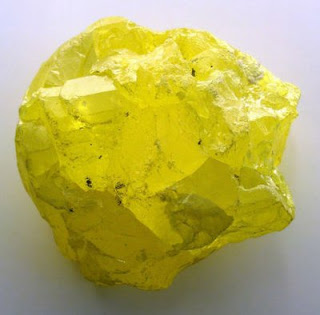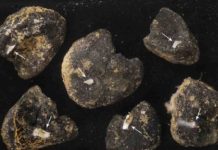Collaborating with an international research team, an economic geologist from The University of Western Ontario has discovered how gold-rich magma is produced, unveiling an all-important step in the formation of gold mines.
The findings were published in the December issue of Nature Geoscience.
Robert Linnen, the Robert Hodder Chair in Economic Geology in Western’s Department of Earth Sciences conducts research near Kirkland Lake, Ontario and says the results of the study could lead to a breakthrough in choosing geographic targets for gold exploration and making exploration more successful.
Noble metals, like gold, are transported by magma from deep within the mantle (below the surface) of the Earth to the shallow crust (the surface), where they form deposits. Through a series of experiments, Linnen and his colleagues from the University of Hannover (Germany), the University of Potsdam (Germany) and Laurentian University found that gold-rich magma can be generated in mantle also containing high amounts of sulphur.
“Sulphur wasn’t recognized as being that important, but we found it actually enhances gold solubility and solubility is a very important step in forming a gold deposit,” explains Linnen. “In some cases, we were detecting eight times the amount of gold if sulphur was also present.”
Citing the World Gold Council, Linnen says the best estimates available suggest the total volume of gold mined up to the end of 2009 was approximately 165,600 tonnes. Approximately 65 per cent of that total has been mined since 1950.
“All the easy stuff has been found,” offers Linnen. “So when you project to the future, we’re going to have to come up with different ways, different technologies and different philosophies for finding more resources because the demand for resources is ever-increasing.”
Note: This story has been adapted from a news release issued by the University of Western Ontario









